1. Miniskirts Took a Stand for Liberation
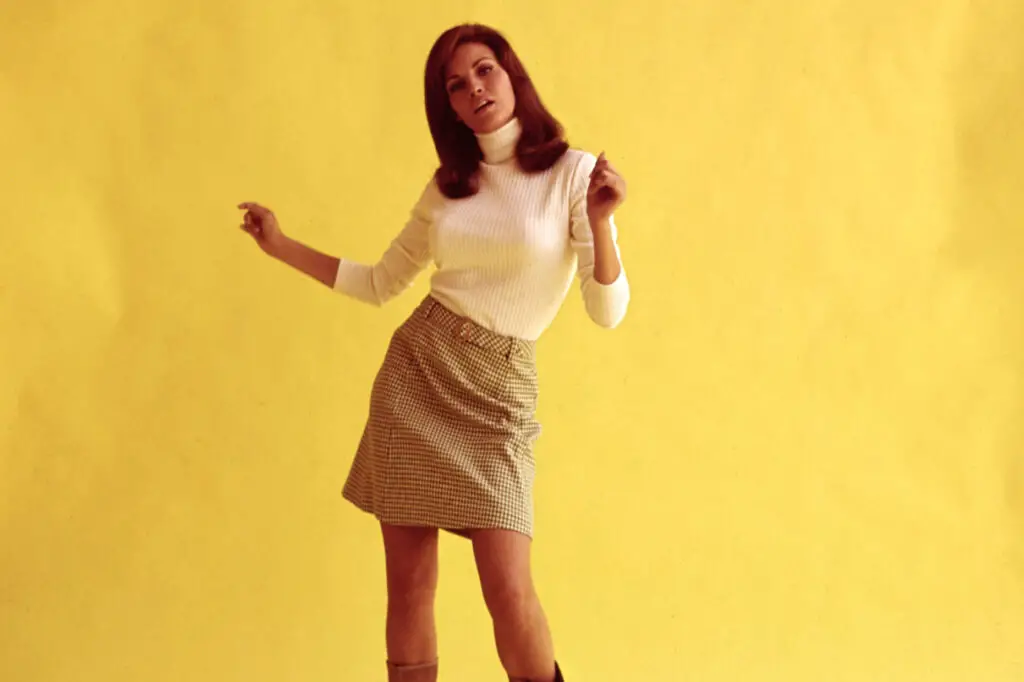
The miniskirt wasn’t just about showing a little leg, it was a bold statement of freedom. As women’s rights gained traction in the ’60s, shorter hemlines became a symbol of autonomy, rebellion, and rejecting outdated gender norms. Mary Quant, the British designer credited with popularizing the look, wanted women to move freely and confidently. Wearing a miniskirt meant embracing your body and your right to decide how to present it shares Woman & Home.
It wasn’t always met with applause. Some saw it as scandalous or vulgar, but for many women, it was thrilling to push the envelope. It made fashion exciting and a bit dangerous. And for young women stepping into adulthood, that tiny skirt said something big about where they were headed adds Good Housekeeping.
2. Afros Were a Powerful Act of Identity
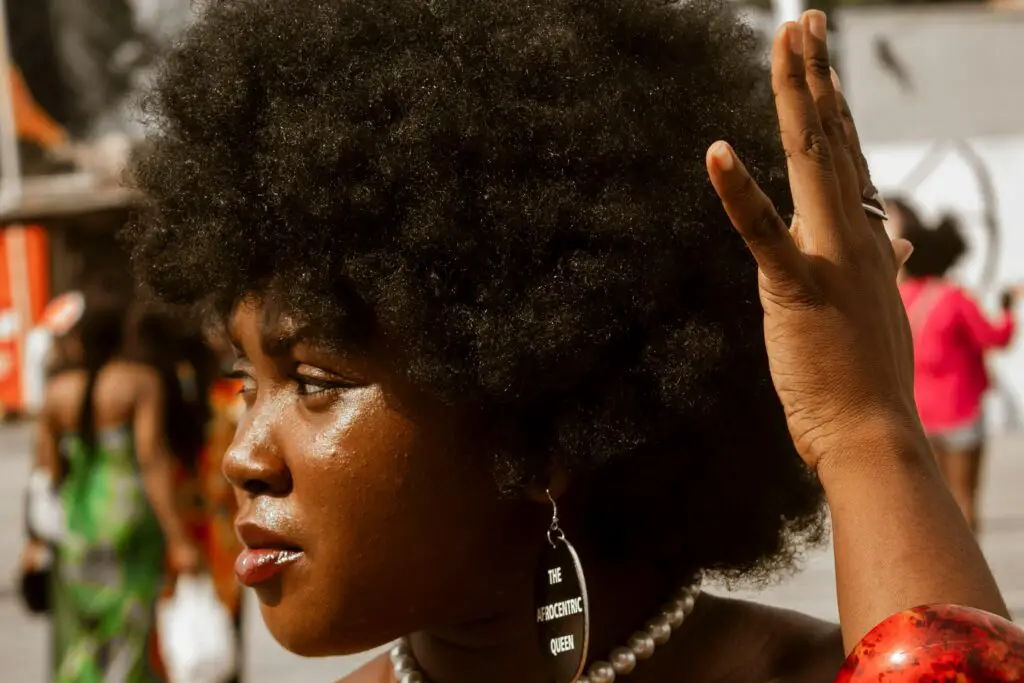
The afro wasn’t just a hairstyle, it was a political declaration. In a time when straight hair was considered the “acceptable” norm, embracing natural curls was an act of pride and resistance says AOL. It aligned closely with the Black Power movement and told the world, “I am proud of who I am.”
Icons like Angela Davis and the members of The Black Panther Party wore afros boldly and unapologetically. It wasn’t about fitting in, it was about standing out and reclaiming cultural identity. In barbershops and beauty salons, it sparked conversations about heritage and self-love. The afro was more than hair, it was history on full display shares Glamour.
3. Military Jackets Questioned Authority
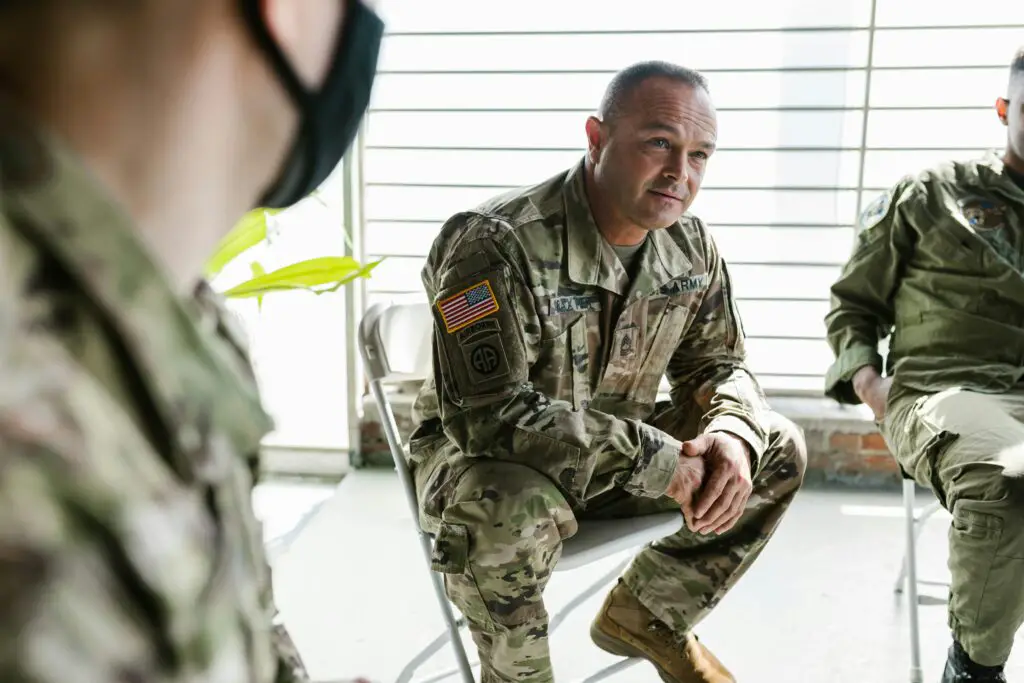
As the Vietnam War escalated, military-style fashion became a way to protest it. Young people began wearing surplus army jackets and combat boots, not out of support, but as a statement against the establishment. It was ironic and rebellious—taking something official and using it to critique the very system it represented.
The look was gritty, androgynous, and political all at once. Artists like John Lennon wore military coats on stage, turning uniforms into peace symbols. The message was subtle but strong: we don’t want your war, but we’ll wear your jacket to say so. Every patch and tear told its own story.
4. Go-Go Boots Symbolized Movement
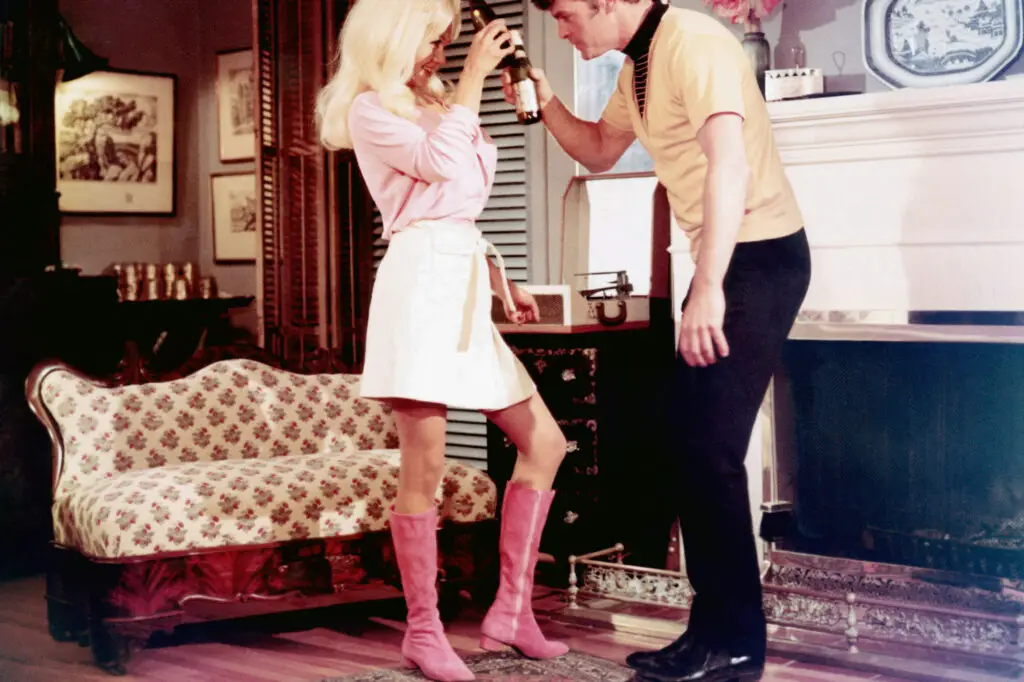
White go-go boots may have looked like just a trendy dance-floor accessory, but they carried a deeper message. When women started pairing them with miniskirts and bold makeup, it was a form of self-expression that said, “I can be powerful and feminine.” These boots weren’t built for tradition—they were made for motion.
They often showed up in youth protests, music videos, and on TV stars who were pushing boundaries. Women could run, march, or dance in them. They represented movement, literally and figuratively, in a time when women were demanding more from society. They weren’t just fashionable—they were functional symbols of change.
5. Psychedelic Prints Reflected Rebellion
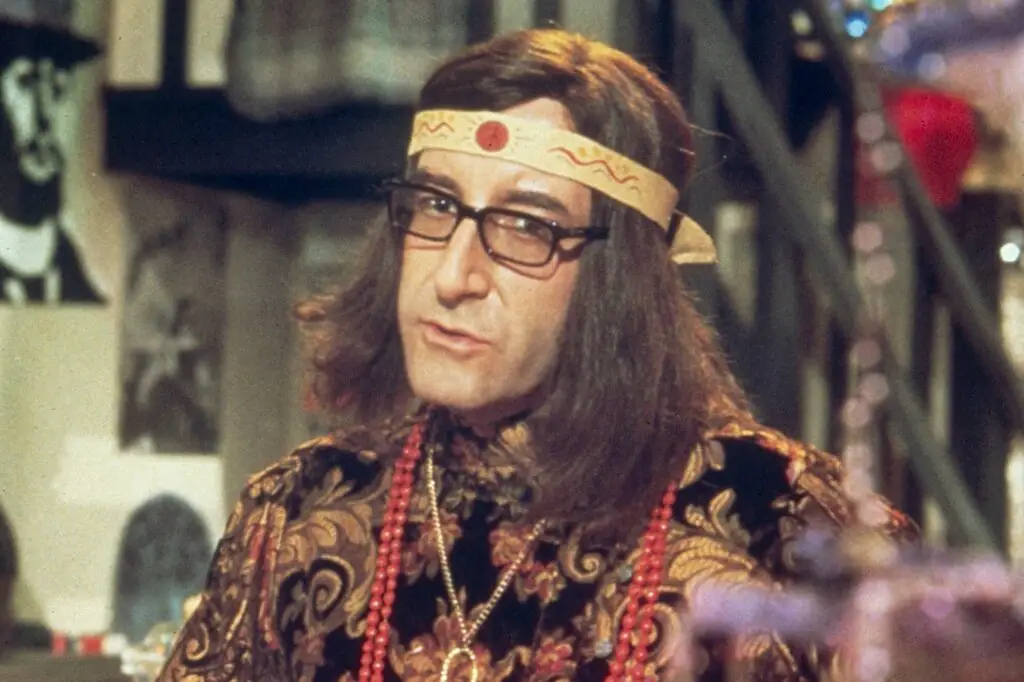
All those swirly, colorful, almost hypnotic patterns weren’t just about having fun with fabric. Psychedelic prints mirrored the mind-expanding ideas of the counterculture. Tied closely to the rise of LSD and other hallucinogens, these patterns represented a break from conformity and an embrace of free thought.
Wearing them often meant aligning yourself with the peace and love crowd. It was about rejecting the grayscale of post-war life and painting your world in Technicolor. People who wore these patterns weren’t afraid to be seen. They wanted you to know they were challenging the norm and dreaming bigger.
6. Denim Got a Whole New Purpose
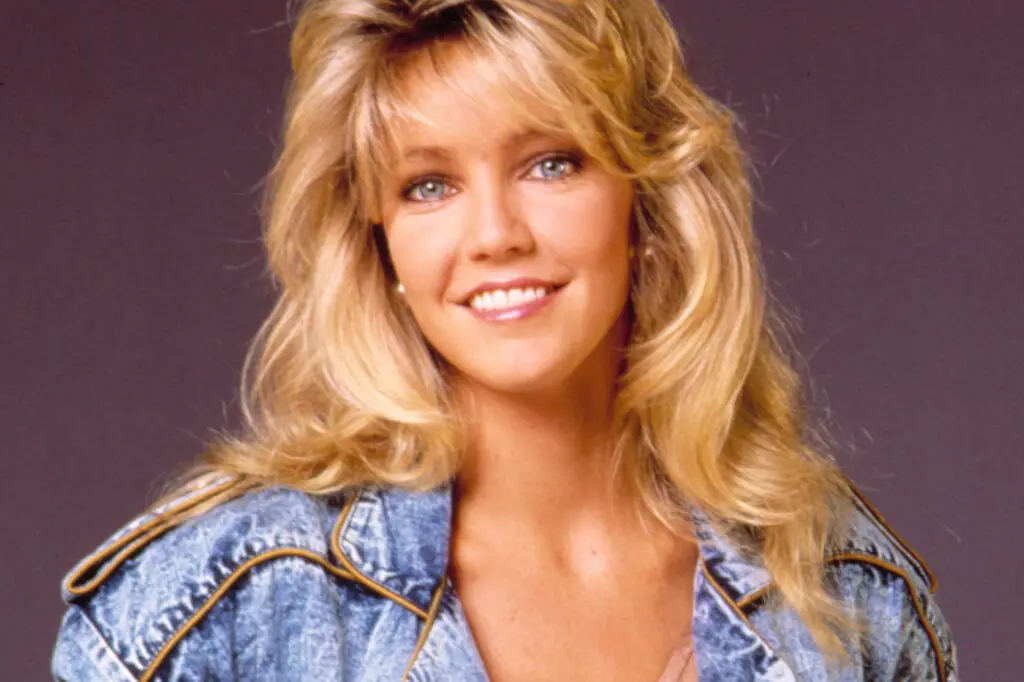
Before the ’60s, denim was mostly for workwear, but then something shifted. Blue jeans became the go-to uniform for students, artists, and protestors who wanted to distance themselves from “the man.” The material itself became symbolic—rugged, accessible, and resistant to polish.
Wearing jeans was about breaking class boundaries and choosing practicality over pretense. It told the world you weren’t here to impress with wealth, you were here to be real. It was casual, sure, but it also screamed solidarity with everyday people. Suddenly, your pants were making a point.
7. Nehru Jackets Signaled Global Awareness

The Nehru jacket, with its stand-up collar and clean lines, became a surprise hit in the ’60s. Inspired by Indian Prime Minister Jawaharlal Nehru, the style showed up on stars like the Beatles, especially during their spiritual journeys abroad. It wasn’t just fashion—it was a nod to a growing fascination with Eastern philosophies and non-Western ideals.
Choosing this jacket said you were thinking beyond borders. It often meant embracing pacifism, meditation, and a rejection of Western materialism. At a time when global tensions were high, wearing a Nehru jacket was a soft but clear way of saying, “I see the world differently.” It was stylish, yes, but it also carried meaning.
8. Fringe and Suede Nodded to Native Culture
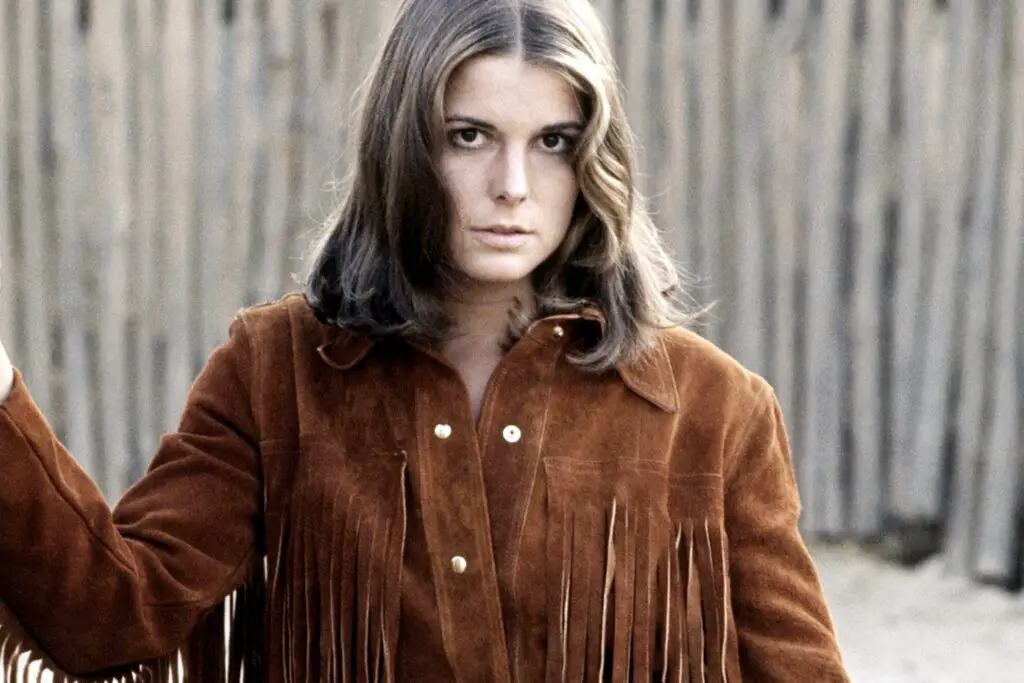
Fringe jackets and suede boots weren’t just about Woodstock aesthetics. These pieces borrowed heavily from Native American designs, often as a way to signal solidarity with indigenous causes or express a connection to nature. It wasn’t always respectful, but it was undeniably political.
Many people wore them as a rejection of industrial society and a return to earth-based values. The look often popped up at protests against pollution and war. Whether it was romanticized or real, it was a way of saying, “The old ways had something right.” Every tassel carried a trace of rebellion.
9. Peace Symbols Weren’t Just Accessories
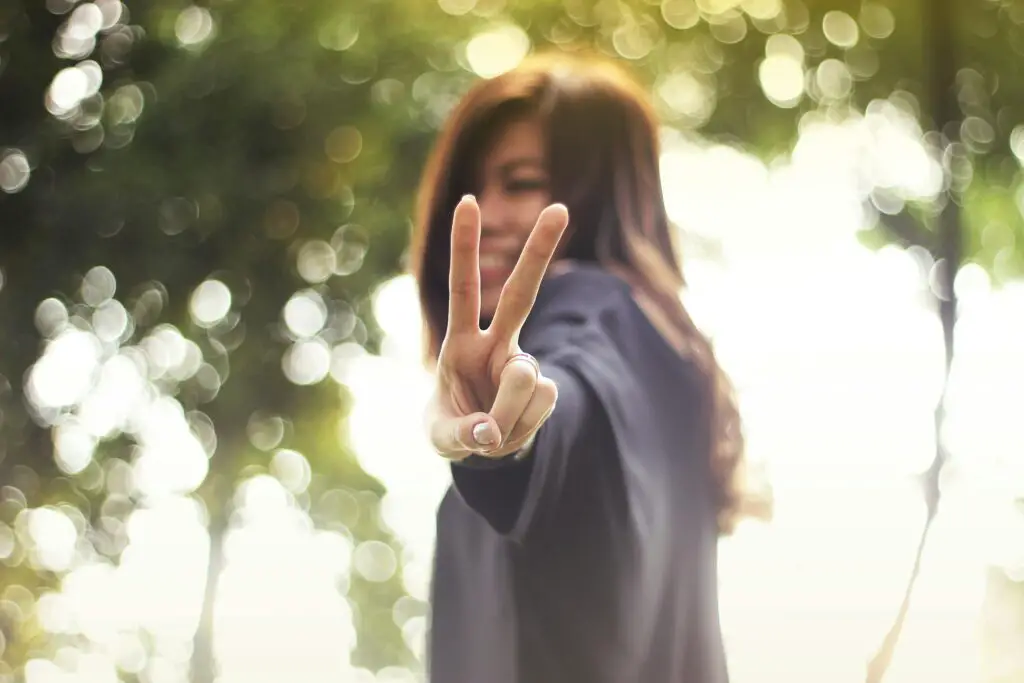
By the late ’60s, you couldn’t go to a protest without seeing peace symbols plastered on everything. Pendants, patches, buttons—they were everywhere. And though the sign originally came from British anti-nuclear activism, it became a universal badge for peace and anti-war movements.
Wearing one instantly identified you as part of the cause. It meant you were thinking about the world, about people in other countries, and about future generations. Even a small pin on your jacket made a loud statement. It was simple, but its meaning ran deep.
10. Tie-Dye Screamed Individualism
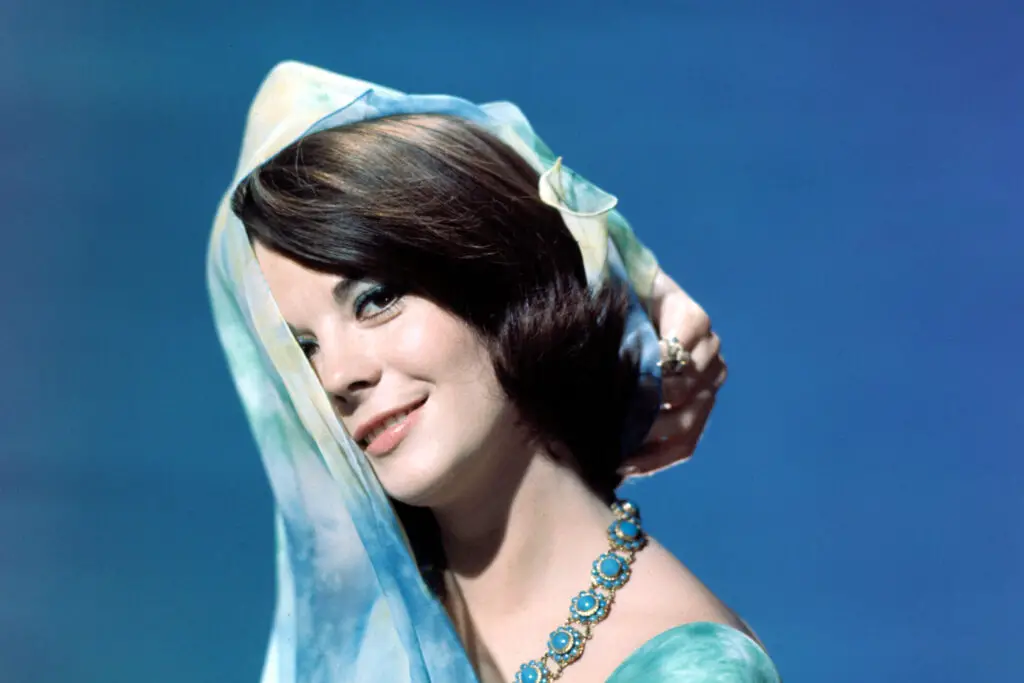
Tie-dye wasn’t just a colorful mess—it was a hands-on protest against mass production. People dyed their own clothes to stand out and to say no to cookie-cutter fashion. Each shirt or skirt was one-of-a-kind, just like the person wearing it.
It was playful, yes, but also deeply expressive. You could make it at home, which meant it wasn’t controlled by big corporations or fashion houses. It said you were creative, open-minded, and maybe a little rebellious. In a sea of gray suits, tie-dye was the rainbow of resistance.
11. Turtlenecks Were Subtly Subversive
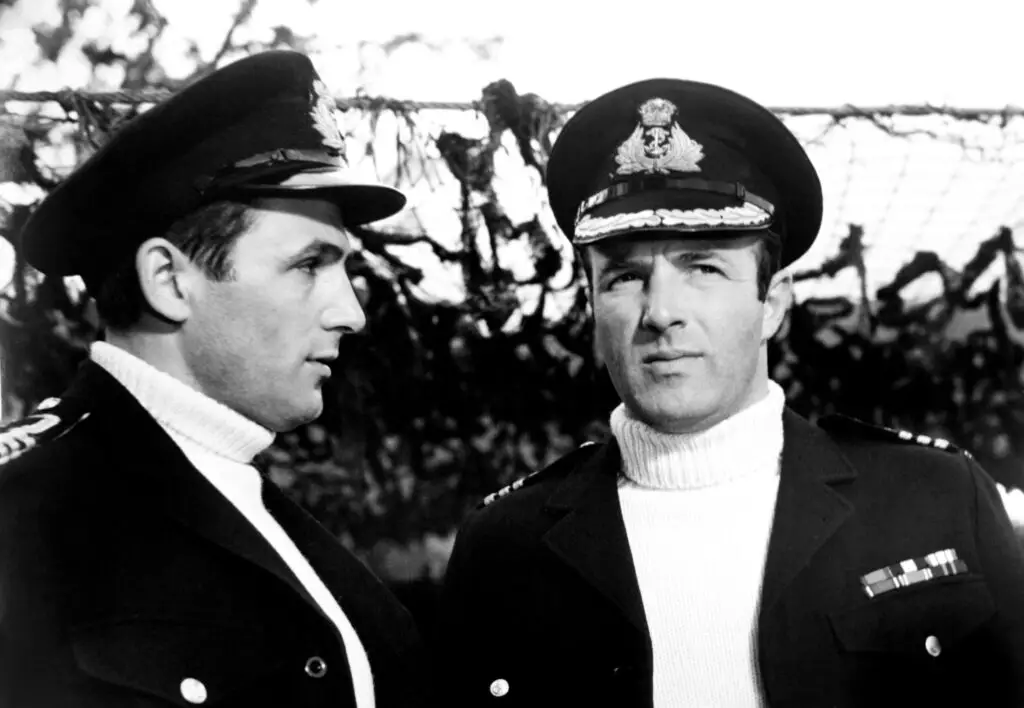
The black turtleneck had a quiet power. Often associated with intellectuals, artists, and activists, it was minimalist but impactful. It let ideas take center stage instead of flash or glamour. People like James Baldwin and Gloria Steinem wore them, blending simplicity with strength.
In the right setting, a turtleneck could signal that you were questioning everything. It became a sort of uniform for those challenging the system with words and ideas. It looked smart, and it made you look like a thinker. Even without slogans, it said plenty.
12. Bold Makeup Pushed Against Tradition
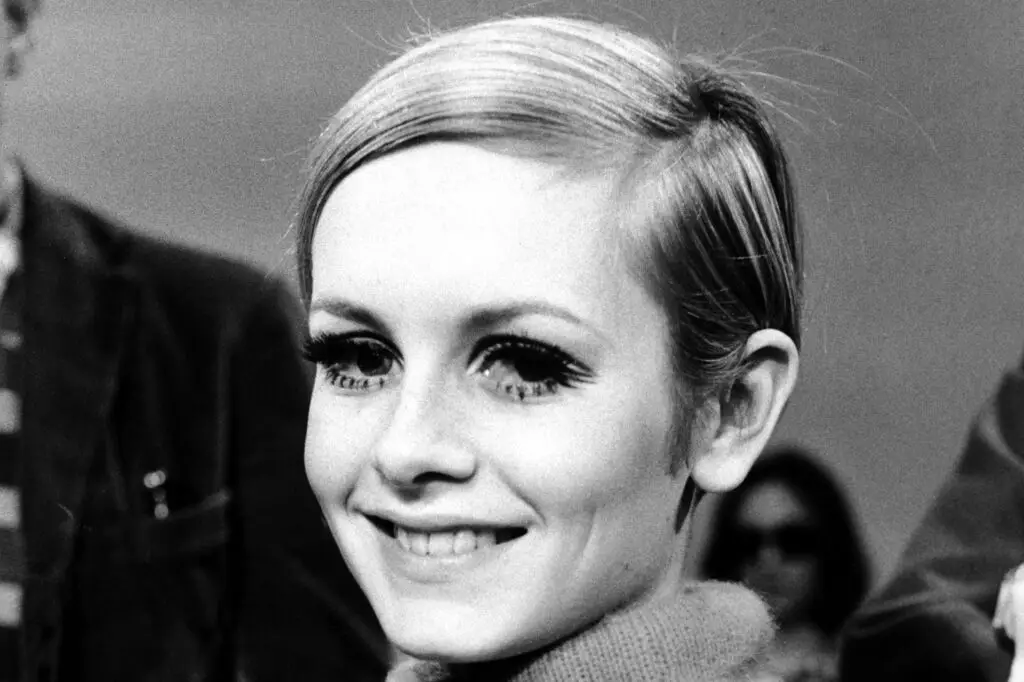
Think heavy eyeliner, false lashes, and bright eyeshadow. Women in the ’60s didn’t just wear makeup to look pretty—they used it as armor. With icons like Twiggy leading the charge, cosmetics became exaggerated and theatrical, a far cry from the demure looks of previous decades.
It was about owning your face, not pleasing anyone else. Bold makeup said, “I’m not here to blend in.” It was a form of self-definition, especially when paired with edgy clothes and fearless attitudes. Every swipe of eyeliner was a tiny act of defiance.
13. No-Bra Looks Made a Bold Statement
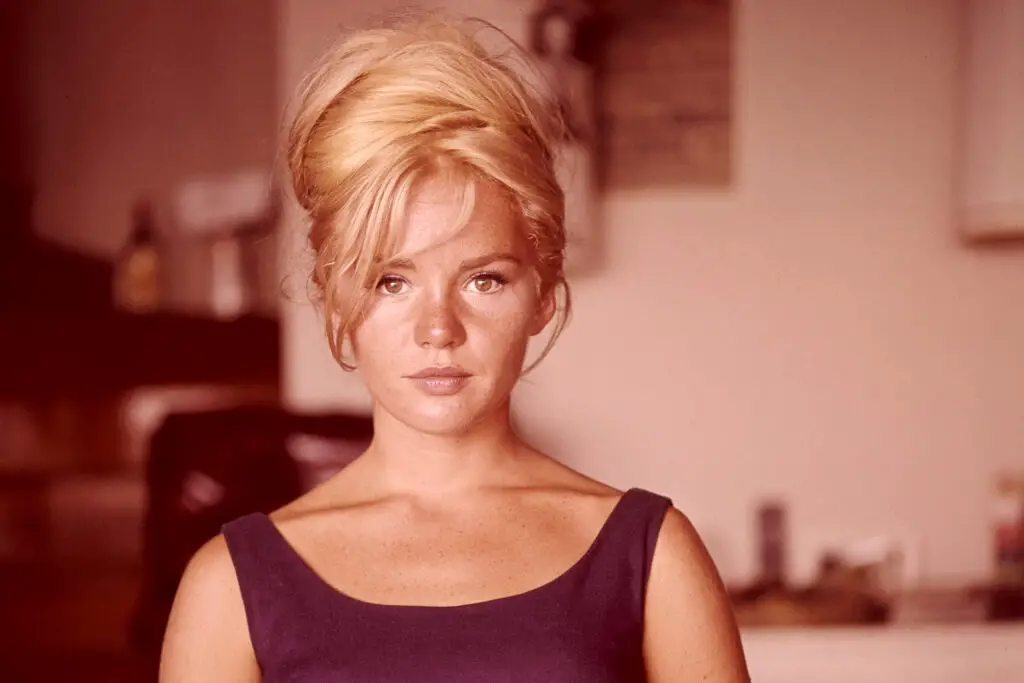
The no-bra movement wasn’t just about comfort—it was a radical rejection of restriction. Feminists and free spirits alike began ditching bras to protest the way women’s bodies were controlled and shaped by fashion. It wasn’t about shock value, though it sometimes shocked. It was about freedom.
This choice became a flashpoint in conversations about equality and autonomy. Women were tired of being told how to dress, act, or present themselves. Going braless was a way to reclaim ownership of their bodies. It was quiet but unmistakably brave.
